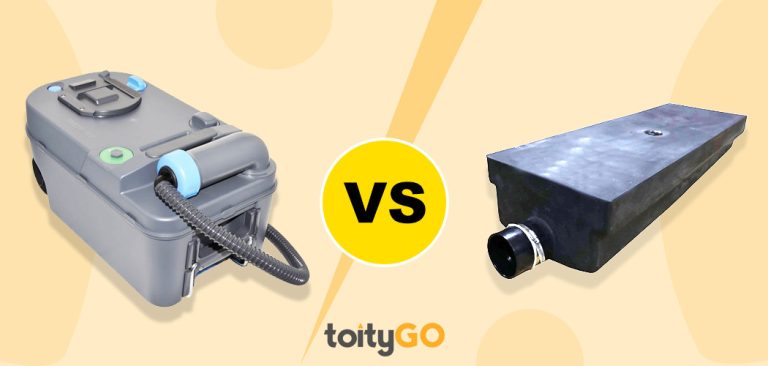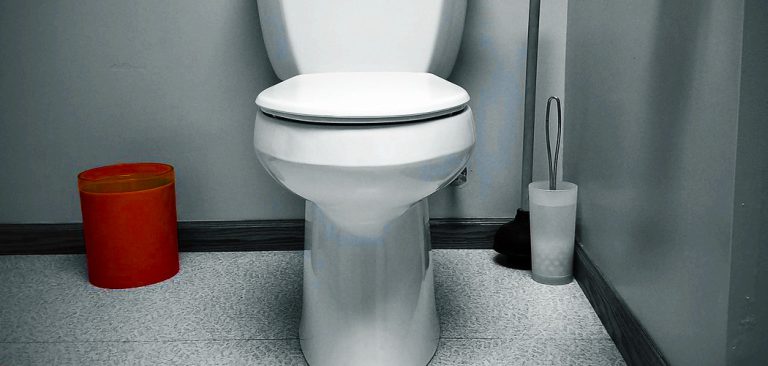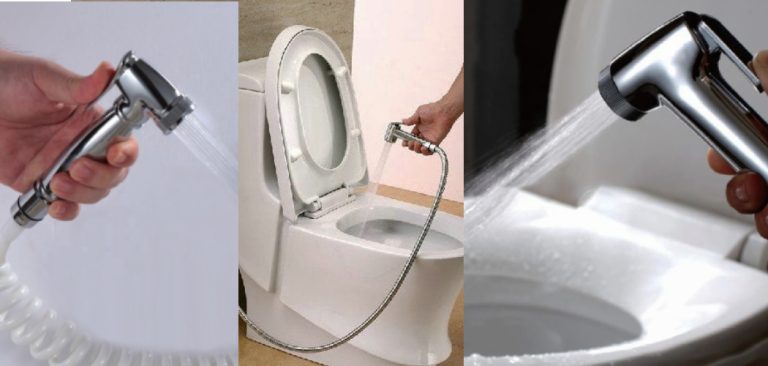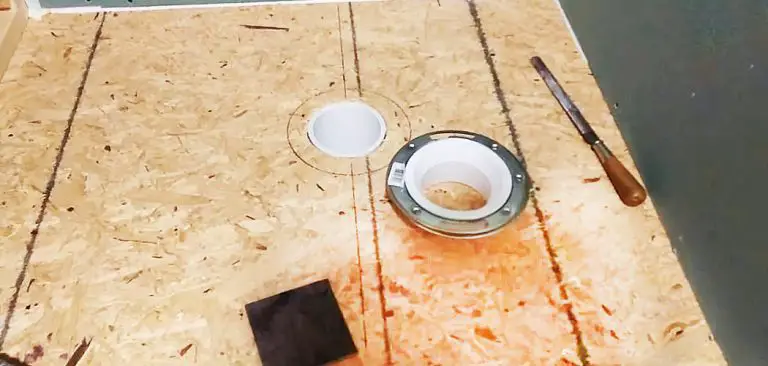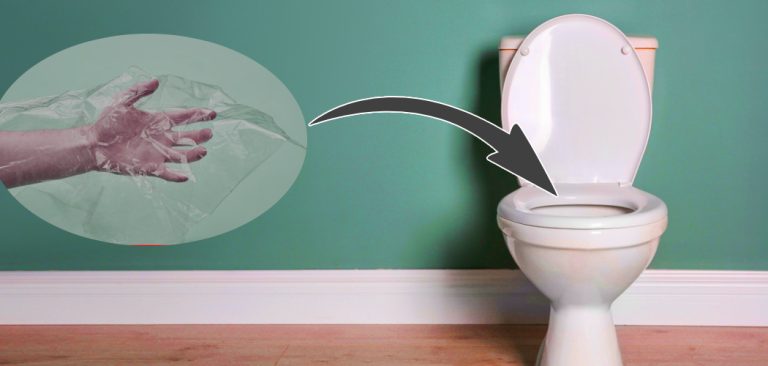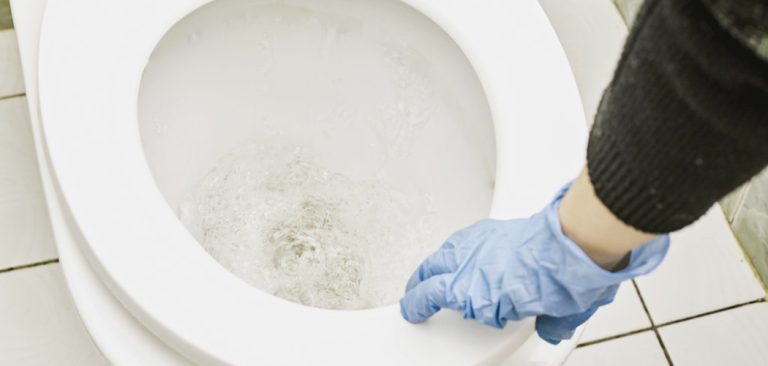How To Remove Urine Stains From Plastic Toilet Seat
Do you struggle to find time for regular toilet cleaning? Has this negligence resulted in unsightly yellow urine stains on your plastic toilet seat, making it uncomfortable? Don’t worry; I’ve got a solution for you. I’ll outline effective methods to remove dried urine stains from plastic toilet seats in this article. Let’s dive right in!
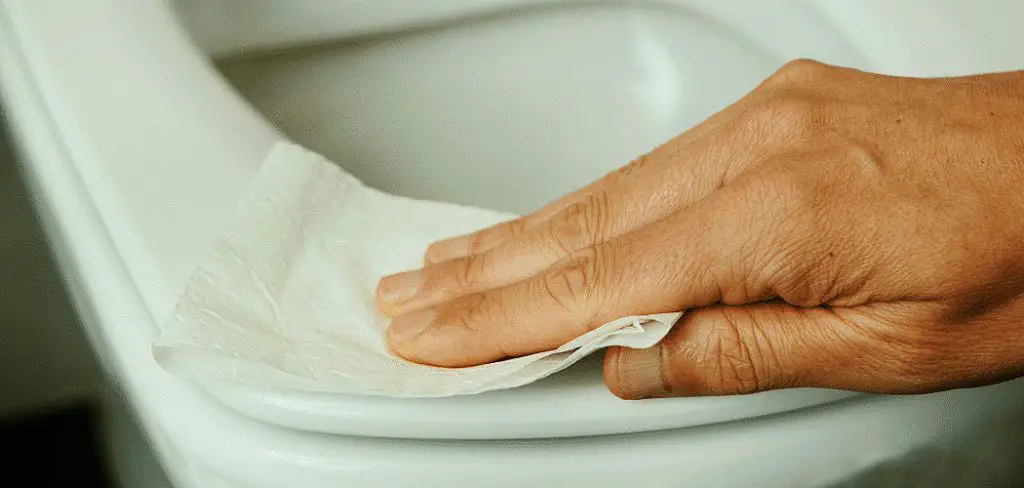
Cause of Urine Stains
A significant factor in urine staining is the frequency and thoroughness of cleaning. If the toilet seat is not cleaned regularly, urine can accumulate and dry on the surface, leaving behind visible stains.
I’ve observed a common issue with many toilet seats – they’re made from low-quality plastic. Unfortunately, stubborn spots tend to stick around, resisting all attempts at removal. If you find yourself in this situation, consider replacing the poor-quality plastic seat with a new, higher-quality one.
4 Ways to Remove Urine Stains from Plastic Toilet Seats
I’ve compiled a list of effective methods for removing urine stains from plastic toilet seats based on my experience and input from neighbors. With these options, there’s a good chance you’ll find a solution that works for you.
1. Baking Soda with Water
As the initial approach, consider using baking soda. Create a paste by mixing the same parts of baking soda and hot water for optimal results. Apply this paste onto the plastic toilet seat, allowing it to sit for 15-30 minutes.
Afterward, spray some water onto the baking soda and scrub the surface using a plastic brush or even a toothbrush. You should notice the urine stains coming off. You can explore the alternative methods below if this still needs to resolve the issue fully.
Bleach can also be employed using a similar approach.
2. Vinegar
White vinegar is well-known for its stain-removing capabilities, particularly on plastic surfaces. Try this method: generously soak the toilet seat with white vinegar, allowing it to sit for 10 to 15 minutes. Afterward, use a toothbrush or sponge to scrub the stained area. Finally, rinse with regular water. This approach can effectively eliminate the stain, providing another solution to the problem.
Lemon serves as a viable alternative, functioning similarly to vinegar. Extract or remove the juice from a lemon and apply it using the same procedure. This method is effective and produces positive results.
3. Hydrogen Peroxide
While I haven’t tried it, some individuals have recommended this method to work out. The process involves using hydrogen peroxide (3%) in a small handheld spray bottle. Just spray the peroxide onto the plastic toilet seat and let it sit for 30 minutes.
Afterward, gently rub with a cloth or a brass brush and rinse with water. According to their feedback, this approach effectively eliminates the stains. Feel free to give it a try and share your results with me.
4. Vinegar and Baking Soda Mix
When dealing with stubborn stains, and if you have vinegar and baking soda on hand, you can attempt combining them with hot water following the method mentioned earlier. This approach can be particularly effective in challenging cases.
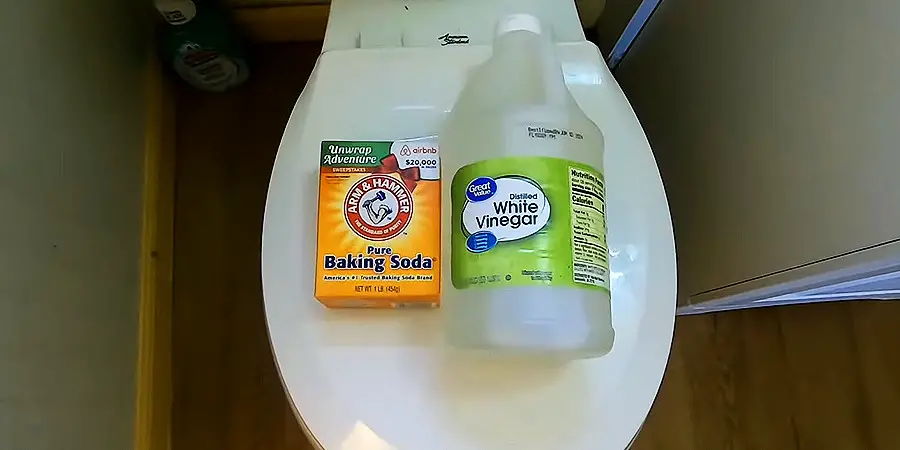
What if the Stain is Old and Stubborn?
Even though urine stains might be solid and cling strongly to plastic surfaces, their removal can be challenging. Repeatedly employing the techniques mentioned earlier in conjunction with routine cleaning is necessary to fade the stains gradually.
While certain methods involving strong chemicals might be effective, there’s a risk of harming plastic toilet seats in that process.
Maintenance Tips for Preventing Future Stains
- Aim for regular cleaning, preferably once a week or every 15 days if the toilet is lightly used.
- Daily cleansing of the plastic toilet seat with plain water, followed by a cloth or sponge wipe-down, is essential.
- When urinating, remember to lift the plastic toilet seat to avoid potential staining.
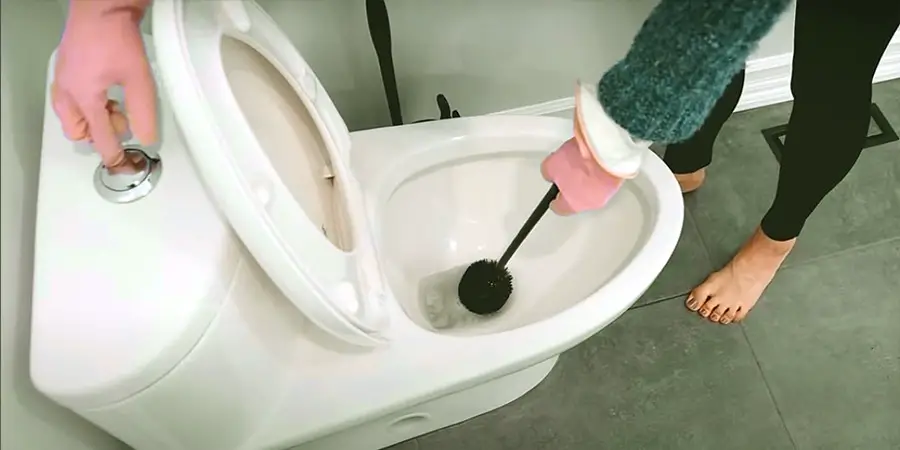
Don’t Use
Harsh Chemical
Avoid using very powerful chemicals as they can harm the plastic of your toilet seat if used excessively. While a proper amount may temporarily eliminate stains, it can ultimately degrade the plastic’s quality. This system can lead to faster stain accumulation, requiring extensive cleaning.
Hard Brush or Abrasive Materials
When cleaning, please refrain from using hard or metal brushes or abrasive materials, as they can create an uneven surface on the plastic. It can render the toilet seat unsuitable for future use.
FAQ’s
Can I Use a Toilet Bowl Cleaner on the Seat?
Certainly, you can use a toilet bowl cleaner as a routine cleaning. Nevertheless, it may be ineffective in removing long-standing urine stains accumulated over time.
Can I Use a Dettol to Clean the Toilet Seat?
Dettol’s toilet seat sanitizer serves a specific purpose – it’s designed for sanitizing, not cleaning.
Conclusion
I assure you these methods have received numerous positive reviews from my neighbors and friends. They’ve experienced success in banishing those stubborn stains, and I’m confident you will too. Now, I encourage you to take action!
If you have any other tips or experiences, comment below to help others facing the same issue. Please share and spread pot this article with your friends and family because a stain-free toilet seat is a small but meaningful improvement in our daily lives. Here’s to a cleaner, more pleasant bathroom experience for everyone!
You may Read –

